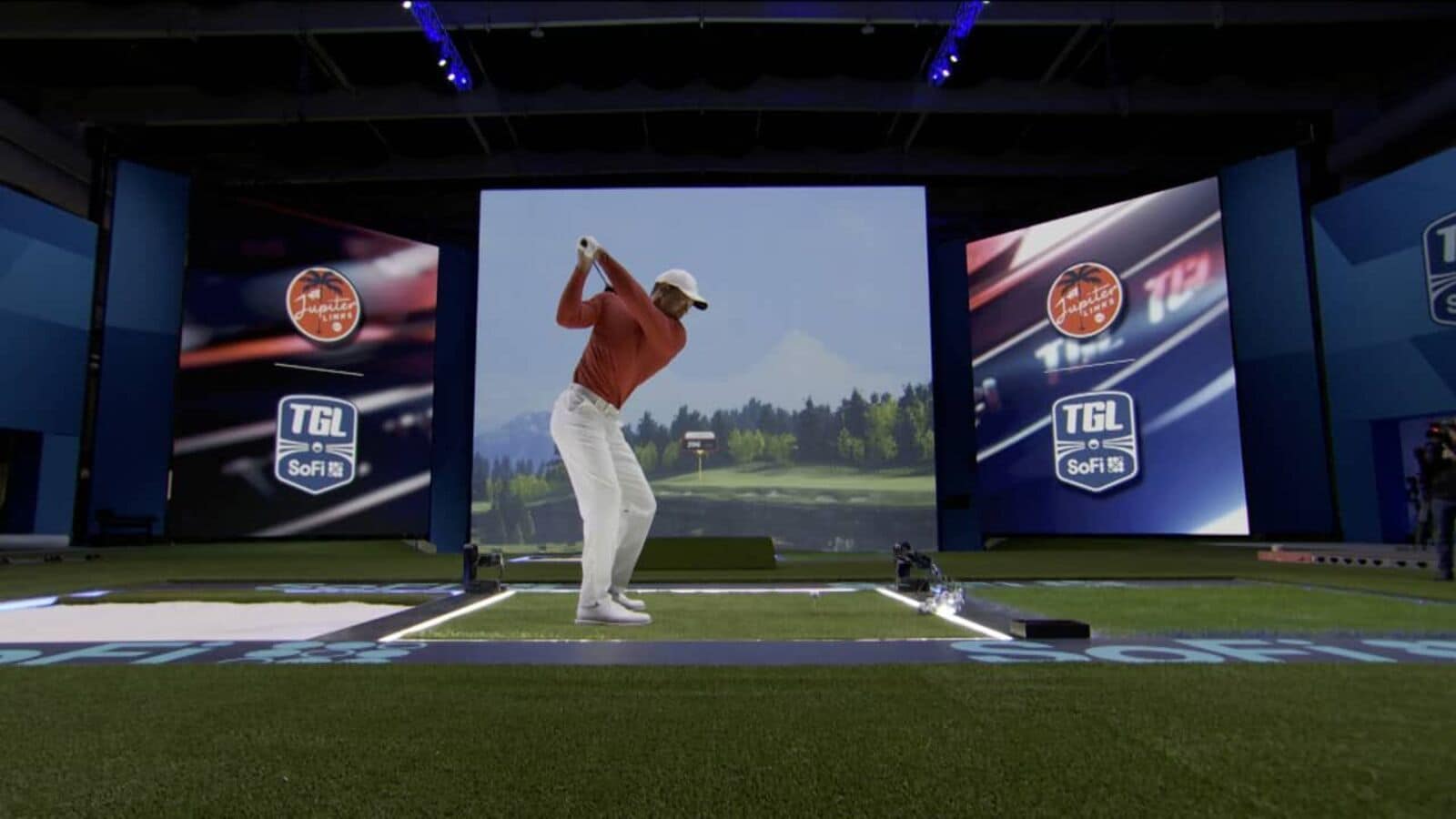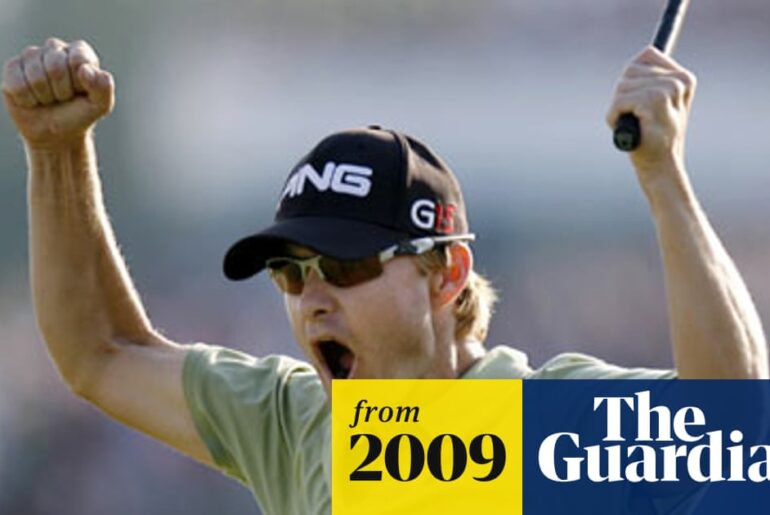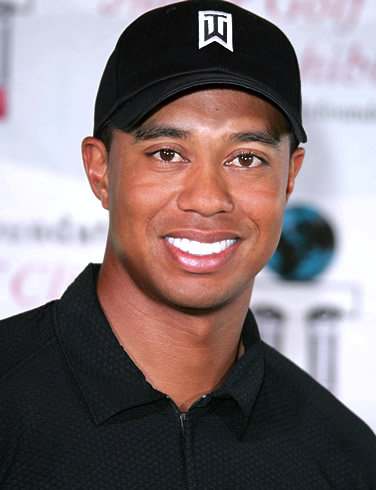In fact, they won’t even be outdoors.
Instead, this group of major champions and top-10 players are betting that fans are ready to take a chance on golf like they have never seen it before—played against a giant computer screen.
The launch of TGL, a new golf league co-founded by Tiger Woods and Rory McIlroy in partnership with the PGA Tour, marks a foray into uncharted territory for professional golf. It’s a team competition that combines simulator golf, where players hit balls into an enormous screen, with live action as players finish every hole by playing around a real green complex.
If that sounds like a concept goofy enough that the roof could cave in at any moment, well, that already happened. TGL’s debut was pushed back by a year after damage to the roof at the indoor venue in Palm Beach, Fla.
Its belated arrival comes at a time of rapid upheaval in the sport, and when alternative versions of the game have become increasingly appealing and accessible to everyday players. These days, more Americans than ever are playing on simulators—and that’s particularly true for young people and women. In fact, there were more off-course golf participants (32.9 million) than on-course ones (26.6 million) in 2023, according to the National Golf Foundation.
Which is why everyone from billionaire investors to the game’s best golfers sense an opportunity to experiment with a new format that seeks to attract both fanatics and people who are less inclined to play—or this in case watch—the traditional version of the sport that can take all day.
“We’re trying to bring a new demographic to this game of golf,” Woods said recently. “It’s going to be unbelievable on TV. I hope that we can invigorate the game because it definitely needs it right now.”
That’s the plan, at least. What the coming weeks will determine is whether that enthusiasm is shared by fans who actually tune in.
How Does TGL Work?
The league features six teams of four players apiece competing inside the 250,000- square-foot SoFi Center, a custom-built venue with a playing area almost the size of a football field. Players hit their shots into a screen that’s the size of a medium building at 64-feet tall and 53-feet wide—or roughly 24 times the size of a simulator—on holes that were designed for TGL.
Then there’s an element of real-life golf, too. Once a ball reaches within 50 yards or so of the hole, the ball is spotted from its virtual location to the venue’s short-game complex, which includes a green.
That means chipping and putting are actually performed in person. What it doesn’t mean, though, is that the green stays the same—motors and turntables can transform the contours and shape on every hole.
What’s the Competition Format?
Each session is match play between two teams playing 15 holes, with three players per team participating in each. The debut is between New York Golf Club’s Xander Schauffele, Rickie Fowler and Matt Fitzpatrick, who will square off against Ludvig Aberg, Shane Lowry and Wyndham Clark of The Bay Golf Club. Woods, meanwhile, is on Jupiter Links Golf Club, while McIlroy is a member of Boston Common Golf.
The match starts with nine holes of triples, where three players alternate shots, before six holes of singles, where each player plays two full holes. The team that takes the most holes wins, and the clubs that perform the best over the course of the season advance to the playoffs.
There’s also a 40-second shot clock, and part of the idea is that it should take only two hours—much quicker than a standard round of golf.
“To me, it’s exciting to take golf that really hasn’t innovated all that much and do something different,” said hedge fund titan and Mets owner Steve Cohen, who owns New York Golf Club.
Why Does This Exist?
TGL was first unveiled in 2022, back when the PGA Tour was battling the Saudi-backed LIV Golf circuit, which was poaching many of the game’s best players. While the Tour increased the prize money at its events to fend off its new rival, TGL represented another way to line the pockets of popular players who remained loyal.
More broadly, it was also a counter to LIV’s stated goal of growing the sport through new formats, which followed plenty of criticism that the pro game needed more innovation to engage modern audiences.
In the time since, though, it has become clear that LIV may also serve as a cautionary tale. Its backers have poured billions into a product that has garnered low viewership numbers and scant signs of commercial success.
When TGL tees off, it’s hoping for an entirely different outcome.







